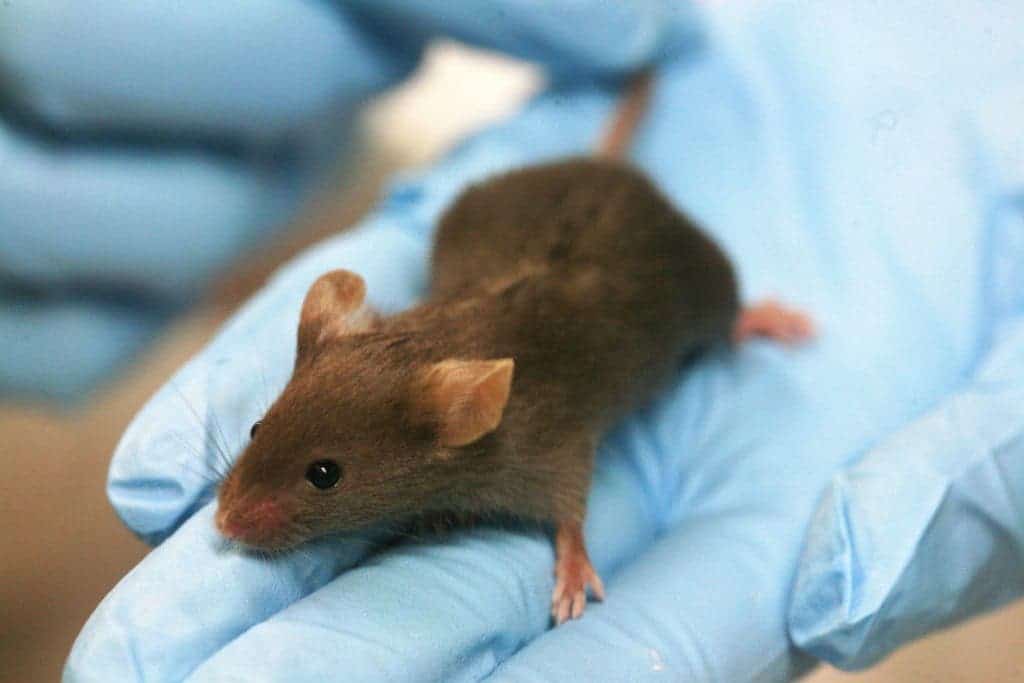Recovering memories lost after Alzheimer’s can be as simple as flipping a switch – at least for mice. According to a new research, these memories aren’t lost, it’s just the retrieval of the retrieval mechanism that is impaired.
Loss of long-term memory and some learned experiences is a hallmark of Alzheimer’s diseases. Despite the disease affecting millions of people, we still don’t fully understand its onset mechanism. Researchers from the RIKEN Brain Science Institute have found that spines – small knobs on dendrites – are essential for the retrieval of memories. Furthermore, they proposed a method to help retrieve these memories.
“We have shown for the first time that increasing synaptic connectivity within engram cell circuits can be used to treat memory loss in mouse models of early Alzheimer’s disease,” says lead author Dheeraj Roy.
They focused on mice with Alzheimer’s-like symptoms. They instilled in them a fear reaction that caused them to freeze in certain conditions. As the development of Alzheimer’s progressed, they lost this fear stimulus. This was interpreted as a waning of mouse memory, and researchers wanted to see exactly why this happens, so during the fear conditioning, they used a virus to deliver a gene into the mice brains, labeling active cells. This allowed researchers to visually identify the neurons that made up the engram for that specific fear memory. They noted a reduction in the number of spines as mice got older and their Alzheimer’s progressed.
They then tried to re-develop these spines through light stimulation. Previous work had shown that spines grow with long-term exposure to light, so they didn’t start from scratch. The results were encouraging.
“The successful retrieval of memories in AD mice by increasing the number of spines for normal memory processing only in the memory cells, rather than in a broad population of cells, highlights the importance of highly-targeted manipulation of neurons and their circuits for future therapies. This level of specificity has not yet been accomplished in current deep brain stimulation therapies,” says RIKEN-MIT Center Director Susumu Tonegawa.
However, it’s no clear if the mechanism is similar in humans, let alone if the treatment could work.
Journal Reference:
Dheeraj S. Roy, Autumn Arons, Teryn I. Mitchell, Michele Pignatelli, Tomás J. Ryan, Susumu Tonegawa. Memory retrieval by activating engram cells in mouse models of early Alzheimer’s disease. N ature, 2016; DOI: 10.1038/nature17172










